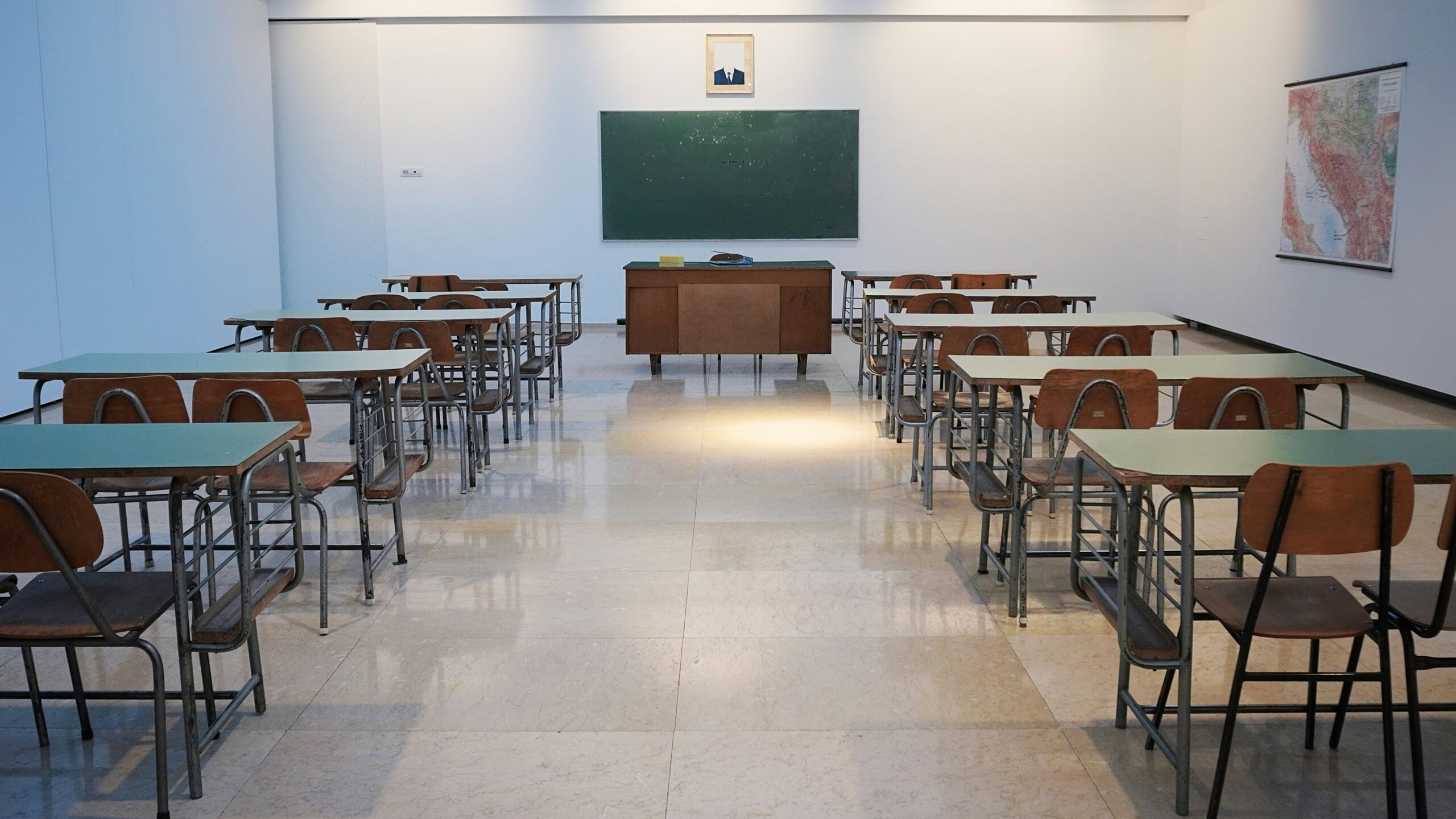American Journalism is seeking essay submissions of Media History Great Ideas For Teaching (aka GIFTs) particularly from scholars at teaching- oriented colleges and universities. These GIFTs should highlight the ingenuity of scholars who creatively integrate media history into lessons and assignments. Our inaugural publication of Media History GIFTs will feature classroom-tested assignments and projects that reflect the spirit of the American Journalism Historians Association’s support for history curricula at universities and colleges. The GIFTs will showcase the resilience of faculty who overcome institutional challenges to make scholarly contributions and share their enthusiasm for history with students.
If journalism is the first draft of history, then journalism history is critical to students understanding current events. But the value of journalism and media history has been diminishing. A 2017 AHJA survey of journalism history in the curriculum found that 25 percent of respondent programs have lost a media historian in recent years, with the position often going unfilled. The survey also found that despite 80 percent of responding pro- grams offering an undergraduate course in journalism or media history, only a fraction required the course. Similarly, only 8 percent of the graduate programs represented in the survey required a history course; another 5 percent required a course with a history element.
This new feature in American Journalism is designed to support
teacher-scholars and the AJHA membership at large who are teaching historical content with class-tested assignments, activities, and projects that support efforts to bring media history into existing curriculum, whether dedicated journalism history classes or courses with historical elements.
These GIFTs should address a wide range of professional values and competencies needed for today’s journalism and mass communication students, including those outlined by ACEJMC’s Standard 2, such as:
- Freedom of speech and the press
- The history and role of individuals and institutions in shaping communications
- Diversity and the role of mass communications in a global society
- Theories in the use and presentation of information
- Ethical principles
- Critical, creative, and independent thinking
- Conduct of research in the communications professions
- Clarity and critical evaluation of writing
To be considered for this new journal feature, submissions should be no more than four thousand words, including tables/figures, references, and follow the Chicago Manual of Style (16th ed.) style guidelines.
The Media History GIFT submission should include:
- Assignment Overview
- A brief description of the classroom this assignment was utilized in, which could include, but is not limited to, the chal- lenges faced by the student body, university service obligations of faculty member, lack of resources, or other dynamics unique to that teaching experience.
- Assignment rationale and how it addresses one or more of the ACEJMC’s Standard 2 list.
- Assignment learning objectives.
- Connection to journalism or media history.
- How the assignment was class-tested.
- Empirical evidence of learning outcomes/assessments which can include but are not limited to pre-/post- assignment surveys as well as qualitative feedback before and after the assignment was implemented in class. Include information about IRB approval for class testing of assignment/activity/project, if applicable.
- Template Assignment Guide
- Assignment Grading Criteria and/or Rubric
- Teaching Note
- Journalism or media classes for which the assignment is best suited.
- Best practices of implementing the assignment.
- Recommended resources related to the assignment.
- Limitations or challenges of implementing the assignment.
- References
Submission Guidelines:
Submissions should follow American Journalism’s Author Guidelines. Authors should select the “Essay” option when uploading their manuscript. In the author’s bio information, please include a brief explanation of any institutional challenges, including descriptions of academic course load, difficulties faced by the student body, university service obligations, lack of access to resources, and/or other significant dynamics.
Authors should submit their manuscript through the Taylor & Francis Authors Portal, the online submission system for American Journalism. Per the journal’s guidelines, all submissions will undergo anonymous, double-blind review. Authors must use the Chicago Manual of Style for citations, references, tables, figures, and captions. All identifying information must be deleted before full paper submissions.
Human subject research, including the test of educational tests and other assessments among students, should be approved by the author’s Institutional Review Board (IRB). Consult with your university IRB office to determine if study approval is needed and the appropriate level of review (exempt, expedited, or full review).
For additional information or if you have any questions, please contact AJ editor Pamela E. Walck at walckp@duq.edu or associate editor Nicholas Hirshon at nickhirshon@gmail.com. Additional queries can also be directed to incoming editor Amber Roessner at aroessne@utk.edu

